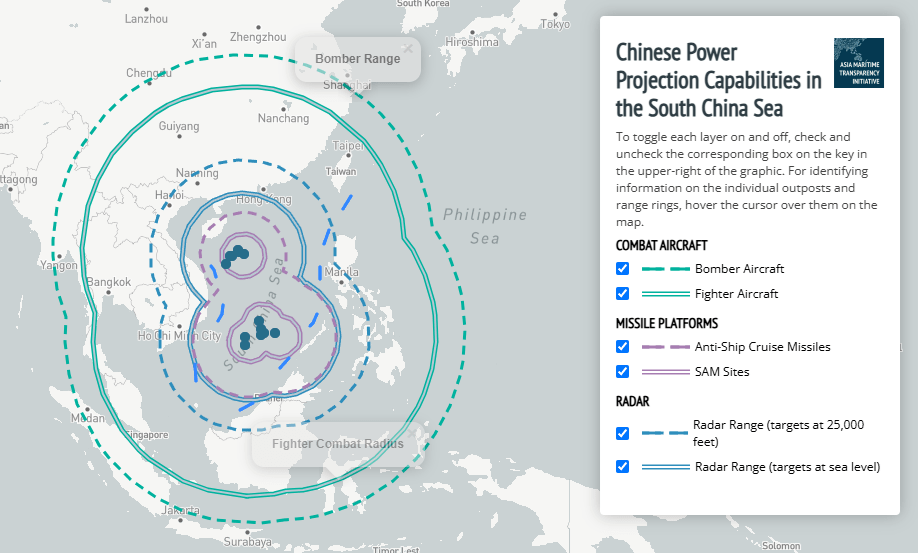China’s ambition to cement its dominance in the South China Sea through the construction of militarised artificial islands is showing unmistakable signs of deterioration in both structurally and strategically. What was once showcased as a triumph of Chinese engineering and maritime assertiveness is fast devolving into a cautionary tale of geopolitical overreach.
Since 2013, Beijing has dredged reefs and most notably Subi Reef, Mischief Reef, and Fiery Cross Reef into fortified platforms equipped with airstrips, missile batteries, radar arrays, and surveillance installations. These man-made outposts were designed to underpin China’s expansive Nine-Dash Line claims and deter any foreign challenge to its presence
The South China Sea is not merely a contested waterway it is a geopolitical artery. Over $5 trillion in trade transits its lanes annually. It houses vast untapped reserves of oil and natural gas and supports a significant portion of global fisheries. Securing this region would theoretically grant China considerable influence over global energy flows and maritime commerce. But China’s island-building appears increasingly Pyrrhic.
The structural fragility of the artificial islands is now well-documented. Runways are cracking under the weight of military aircraft. Foundations are shifting due to poorly stabilized reclamation. Fighter jets reportedly face unsafe landing conditions an operational embarrassment for a military seeking global stature.
Environmental forces add another layer of unpredictability. Typhoons, saline corrosion, and rising sea levels threaten the survivability of these low-lying outposts. These installations were not built to withstand nature’s full force and certainly not over the decades-long timescale China envisions for regional dominance.
Strategically, the fallout is equally stark. Rather than establishing uncontested control, China’s actions have hardened regional alignments. The U.S., Japan, Australia, and ASEAN states have increased coordinated naval patrols. Freedom of navigation operations have become routine. Legal resistance exemplified by the 2016 arbitral ruling has delegitimized China’s maritime posture. Far from deterring rivals, the artificial islands have galvanized them.
Beijing’s maritime expansion, once viewed as a long-term critical move, now resembles an overbuilt sandcastle impressive from afar, but vulnerable at its core. The artificial island project has drained resources, triggered diplomatic backlash, and invited operational headaches. Instead of securing strategic depth, China may have constructed a series of liabilities military outposts destined to crumble under environmental pressure and geopolitical resistance alike.

